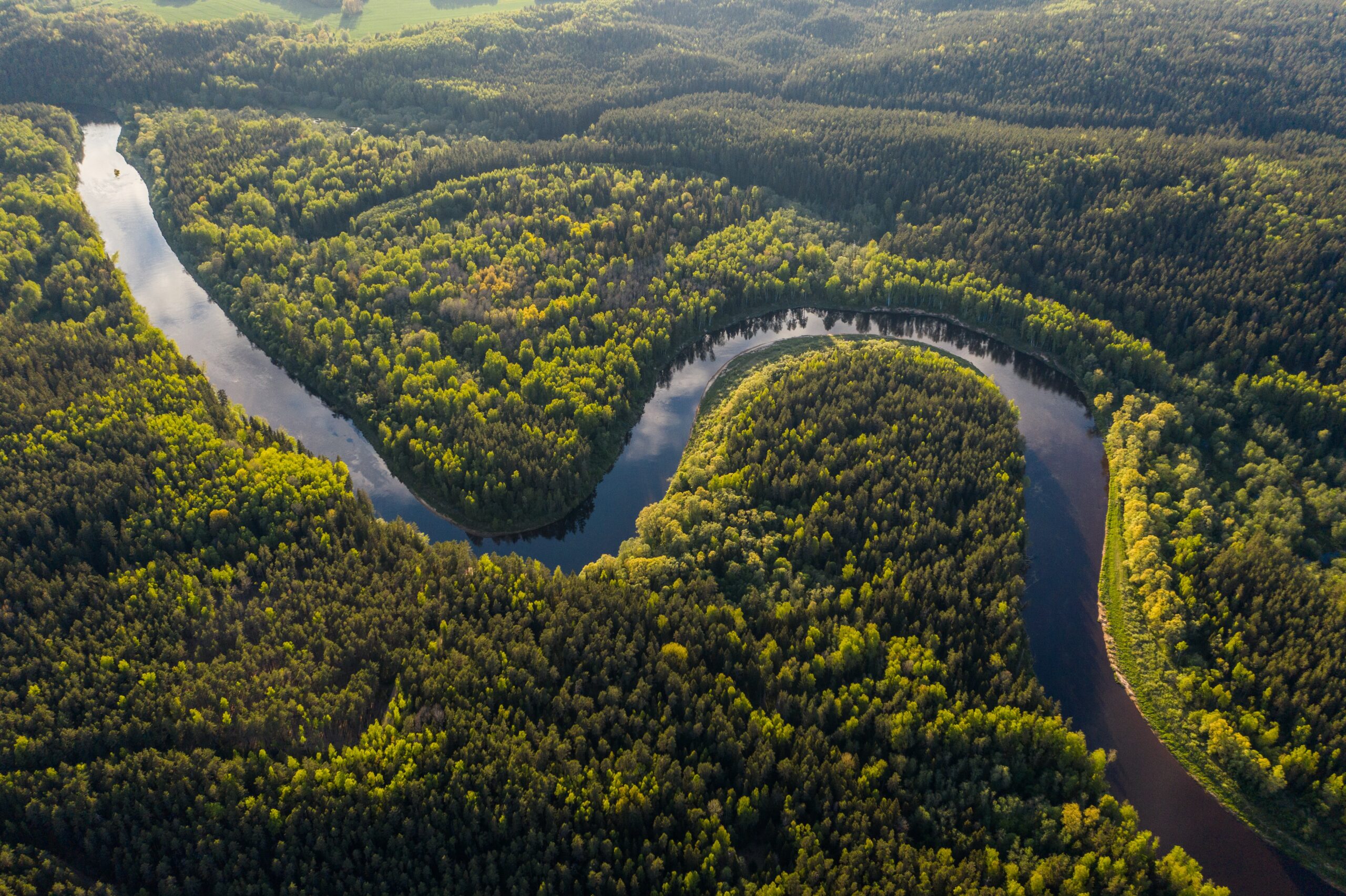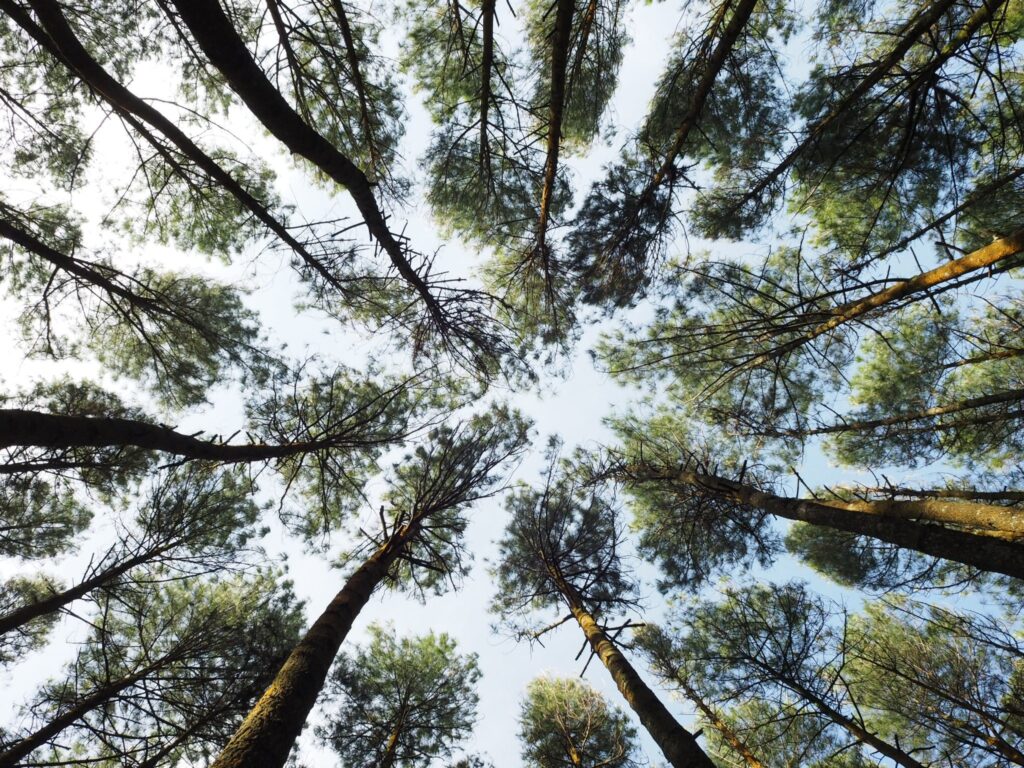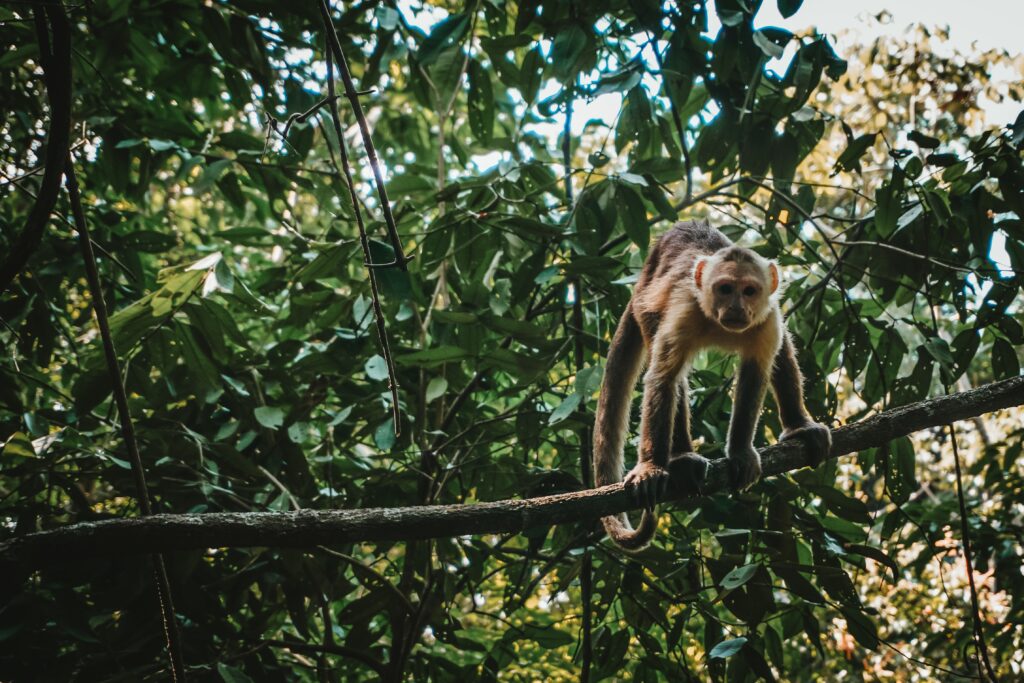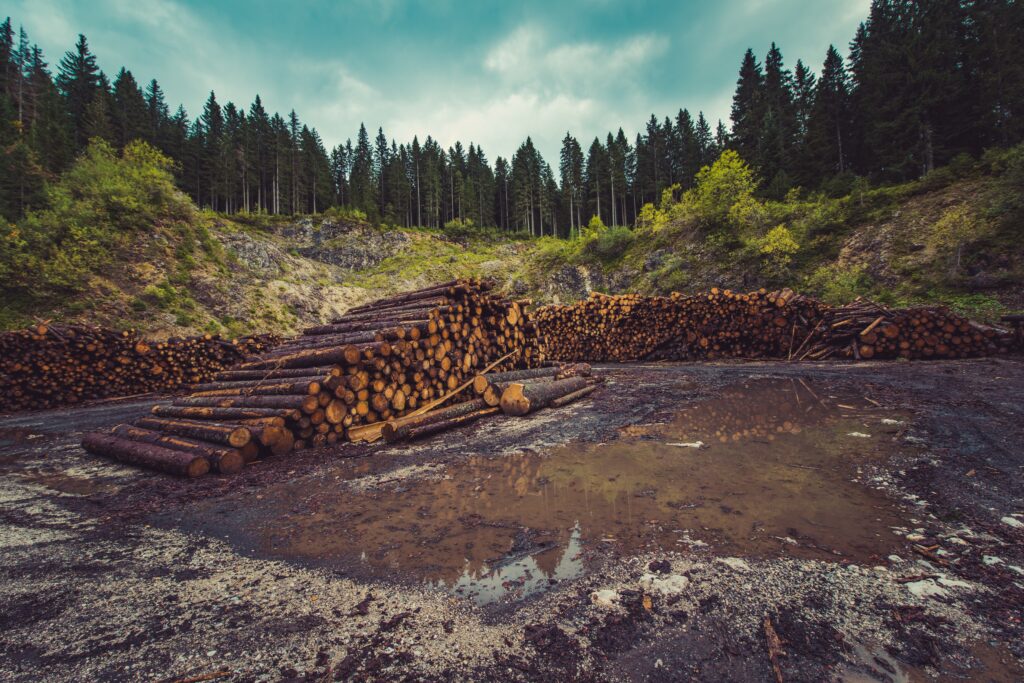Exploring the Wonders of the Amazon Rainforest
Recently updated on August 19, 2023
Total words: 1959

Table Of Content
- Introduction to the Amazon Rainforest
- Flora and Fauna of the Amazon Rainforest
- The Benefits of the Amazon Rainforest
- The Challenges Facing the Amazon Rainforest
Introduction
Welcome to Exploring the Wonders of the Amazon Rainforest! The Amazon Rainforest is a vast and complex ecosystem, home to some of the most diverse and fascinating wildlife in the world. Spanning across eight countries in South America, this amazing natural wonder is often referred to as the “lungs of the Earth” due to its vast expanse of trees and plants which help to maintain the balance of oxygen in the atmosphere. From the exotic birds, fascinating mammals, and amazing plant life, there is so much to explore when it comes to the Amazon Rainforest. In this article, we’ll take a look at what makes the Amazon Rainforest so special and explore some of its unique wonders. So, let’s get started!
Introduction to the Amazon Rainforest
The Amazon Rainforest is one of the most incredible places in the world. It is the largest tropical rainforest in the world, and it is home to an incredible abundance of plants and animals. From the towering trees to the exotic birds, the Amazon Rainforest is filled with wonders.
The Amazon Rainforest is located in South America, and it spans nine countries. It covers an area of 5,500,000 square kilometers, and it is home to some of the most diverse ecosystems on the planet. It is estimated that the Amazon Rainforest holds about 10% of the world’s known species of plants and animals. This means that the Amazon Rainforest is home to more species of plants and animals than any other place on Earth.
The Amazon Rainforest is also one of the most important ecosystems on the planet. It is an important source of oxygen for the planet, and it helps to regulate the Earth’s climate. The Amazon Rainforest also plays an important role in supplying fresh water to the region, and it is an important source of food for local communities.
The Amazon Rainforest is also a source of valuable resources. It is estimated that the Amazon Rainforest contains about 20% of the world’s fresh water, and it is a major source of timber, rubber, and medicinal plants. It is also an important source of biodiversity, and it is home to some of the most important species of plants and animals on the planet.
Exploring the Amazon Rainforest is an amazing experience. The sheer diversity of life is awe-inspiring, and it is a great way to experience the beauty and power of nature. The Amazon Rainforest is an incredible place, and it is an essential part of the world’s ecosystem. Exploring the wonders of the Amazon Rainforest is an incredible journey that will stay with you forever.
Flora and Fauna of the Amazon Rainforest
The Amazon rainforest is home to an incredible variety of flora and fauna. It is home to over 40,000 species of plants, and one in ten known species on Earth can be found in the Amazon. It is also home to over 1400 species of birds, and 3000 species of fish.
Vast Variety of Flora
The Amazon is known for its unique and diverse range of plants. From the towering canopy trees, to the smallest of flowers, the Amazon is a treasure trove of flora. Some of the largest trees can reach heights of up to 200 feet, and many of the smaller plants have important medicinal properties.
The Amazon is also home to a number of rare plants. According to the World Wildlife Fund, approximately 20% of the world’s plant species can be found in the Amazon. This includes species such as the carnivorous pitcher plant, the rubber tree, and the wax palm.

Diverse Range of Fauna
The Amazon is also home to a vast range of fauna. This includes species such as the jaguar, the giant anteater, and the giant river otter. Other species that can be found in the Amazon include monkeys, sloths, caimans, and even pink dolphins.
The Amazon is also home to a number of endangered species, such as the black spider monkey, the giant armadillo, and the giant otter. The Amazon is also home to a number of migratory birds, such as the scarlet macaw and the red-tailed hawk.

Conserving the Amazon’s Unique Flora and Fauna
The Amazon’s flora and fauna is under threat from deforestation and climate change. According to the World Wildlife Fund, an estimated 17% of the Amazon rainforest has been destroyed since 1970. This has put a number of species at risk of extinction.
In order to protect the Amazon’s unique and diverse range of flora and fauna, conservation efforts must be increased. This includes creating protected areas, and enforcing strict regulations on deforestation and hunting.
It is also important to create public awareness about the importance of the Amazon’s flora and fauna. By educating people about the importance of protecting the Amazon, we can ensure that its unique biodiversity is preserved for future generations.
The Benefits of the Amazon Rainforest
The Amazon rainforest is an incredible ecosystem that provides us with a variety of essential benefits. It is the largest tropical rainforest in the world, covering nearly 5.5 million square kilometers across nine countries. The Amazon is a critical component of the global climate and is home to an estimated 10 million species of plants and animals. From providing oxygen to producing food, the Amazon rainforest is essential for our planet’s health and our own.
Preserving Biodiversity
The Amazon is home to an estimated 10 million species of plants and animals. It is a critical habitat for many endangered species, including the jaguar, tapir, and blue macaw. The rainforest is also home to numerous Indigenous communities who rely on the forest and its resources for their livelihoods. By preserving the Amazon, we are ensuring the survival of these endangered species and protecting the traditional ways of life of Indigenous peoples.
Oxygen Production
The Amazon rainforest is a major producer of oxygen. It produces an estimated 20 percent of the world’s oxygen through photosynthesis. By preserving the Amazon, we are helping to ensure that the planet has enough oxygen to sustain life.
Preventing Climate Change
The Amazon rainforest is a major absorber of carbon dioxide, the main greenhouse gas responsible for climate change. It acts as a natural carbon sink, absorbing an estimated 1.5 billion tons of carbon dioxide each year. By preserving the Amazon, we are helping to reduce the effects of climate change and safeguard the planet from its devastating consequences.
Producing Food
The Amazon rainforest is an important source of food for both animals and humans. It is home to an estimated 50,000 edible plants, including tree fruits, nuts, and root vegetables. The Amazon also produces a variety of fish, which are an important source of protein for Indigenous communities. By preserving the Amazon, we are helping to ensure a reliable source of food for both wildlife and humans.
Improving Health
The Amazon rainforest is an important source of medicinal plants. It is home to an estimated 2.5 million species of plants, many of which have medicinal properties. These plants are important sources of traditional medicines that are used to treat a variety of ailments. By preserving the Amazon, we are helping to ensure that these medicinal plants remain available for future generations.
The Amazon rainforest is an incredible ecosystem that provides us with a variety of essential benefits. From preserving biodiversity to producing food, the Amazon rainforest is essential for our planet’s health and our own. By preserving this incredible ecosystem, we can help to ensure a healthier and more sustainable planet for generations to come.
The Challenges Facing the Amazon Rainforest
The Amazon Rainforest is one of the most diverse and vibrant ecosystems in the world. It is home to an incredible array of species, and it contributes a great deal to the global climate. However, this incredible ecosystem is facing a number of challenges that threaten to degrade it and the species that inhabit it.
Deforestation
Deforestation is one of the most pressing challenges facing the Amazon Rainforest. The World Wide Fund for Nature (WWF) estimates that nearly 20% of the Amazon Rainforest has been destroyed due to deforestation. Most of this destruction is done to make room for cattle ranching and other agricultural activities. This destruction of the rainforest has a devastating effect on the species that inhabit it, as well as the global climate.

Pollution
Pollution is another major problem facing the Amazon Rainforest. Pollution from industry, agriculture, and other sources is degrading the water and air quality of the rainforest. This pollution can have a devastating effect on the species that inhabit the rainforest, as well as the health of the people who live there.
Climate Change
Climate change is another major challenge facing the Amazon Rainforest. The rainforest is an incredibly important part of the global climate system, and it is being impacted by climate change in a number of ways. Rising temperatures and changing rainfall patterns are having a devastating effect on the rainforest, and this is likely to continue in the future.
Illegal Activities
The Amazon Rainforest is also facing a number of illegal activities such as logging and poaching. These activities are often done in remote areas of the rainforest, making them difficult to detect and prosecute. This illegal activity is having a devastating effect on the rainforest and the species that inhabit it.
The Amazon Rainforest is an incredible ecosystem that is facing a number of challenges, but there are a number of steps that can be taken to help protect it. Protecting the rainforest will require a concerted effort from governments, businesses, and individuals to combat deforestation, pollution, climate change, and illegal activities.
Wrapping Up
The Amazon Rainforest is an amazing natural wonder that is home to a variety of creatures and plants. It is an incredibly valuable ecosystem that plays an important role in the global environment. The Amazon Rainforest is home to unique plant and animal species, a diverse range of indigenous cultures, and a rich and vibrant history. Unfortunately, the Amazon Rainforest is facing destruction due to deforestation, climate change, and other human-caused factors.
The future of the Amazon Rainforest is uncertain, but there are many organizations and individuals who are working to protect and preserve this incredible ecosystem. Conservationists are working to protect the areas that are still intact, while also advocating for sustainable development that will help to protect the environment for future generations.
In addition, individuals can help by supporting organizations that are devoted to the preservation of the Amazon Rainforest and by reducing their own environmental impact. By reducing their consumption of natural resources, recycling, and using energy-efficient products, individuals can help to reduce their carbon footprint and contribute to the preservation of the Amazon Rainforest.
The Amazon Rainforest is an incredible ecosystem that plays an integral role in the global environment. It is home to a diverse range of species and cultures, and it is important that we work to protect and preserve it for future generations.
Conclusion
In conclusion, the Amazon Rainforest is truly a wonder of the world. From the incredible biodiversity of its flora and fauna to the importance of its ecosystem to the planet, the Amazon Rainforest offers something for everyone. We hope that this article has inspired you to explore the amazing wonders of the Amazon Rainforest. Be sure to do your research and be prepared for the unique conditions of the rainforest before you go. By doing so, you can have a safe and memorable experience that will stay with you for a lifetime.